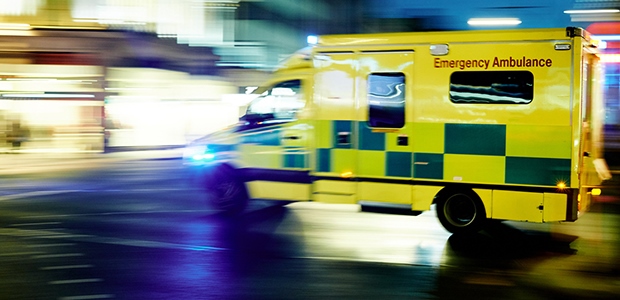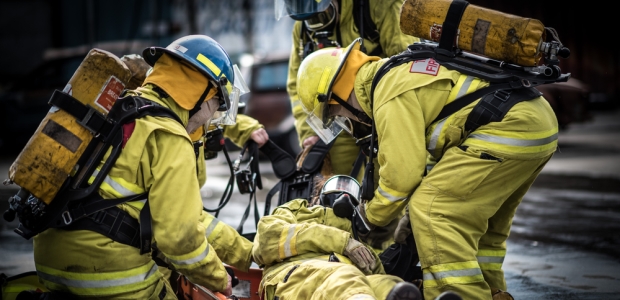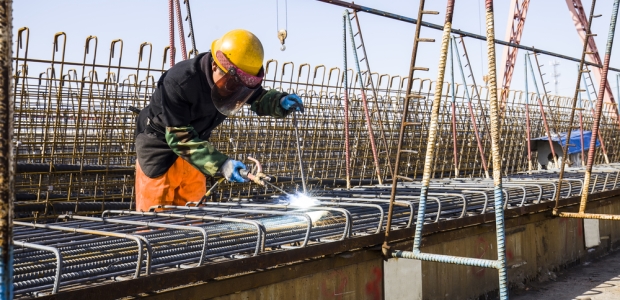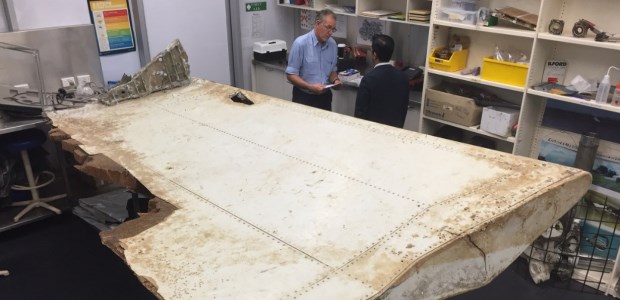The settlement resolves Chevron's appeal of the citations Cal/OSHA issued after the Richmond refinery fire in 2012.
NFPA's tips for swimmers are to never swim near a marina, dock, or boatyard or near a boat while it's running, and also obey all "no swimming" signs on docks. Tips for boat owners are to avoid entering the water when launching or loading your boat, because docks or boats can leak electricity into the water, causing water electrification.
The Lancet Commission on Dementia Prevention and Care says about one-third of dementia cases could be prevented through changes in lifestyle factors. Hearing loss is one of nine risk factors identified in its report as contributing to developing dementia.
States with the lowest rates included Massachusetts (3.49 percent), Vermont (3.49 percent), Florida (3.47 percent), Montana (3.46 percent), and Minnesota (3.41 percent).

The performance targets announced this month will apply to all 999 emergency calls and aim to save 250 cardiac arrest victims' lives a year.
Beyond the first five-year investment in state projects, the initiative provides an additional $342 million annually to support Indiana cities, towns, and counties for local road projects by 2024.
"Farming has changed, and with new and different working practices and a transient workforce, all farmers need to constantly revisit and reconsider the risks faced by the people working on their farm," HSE Chair Martin Temple said.
"Despite its lengthy OSHA history, Aluminum Shapes still does not comply with federal safety and health standards," said Paula Dixon-Roderick, director of OSHA's Marlton Area Office. "These hazards leave workers vulnerable to the risk of serious injury and possible death."

NIOSH worked with the U.S. National Response Team, federal agencies, state health departments, labor unions, and volunteer emergency responder groups to develop the ERHMS system, which provides guidelines for protecting emergency responders over a full range of emergency types and settings.
Once in operation, the plant is expected to produce 1 billion pounds of propylene oxide -- a chemical used in the manufacture of bedding, furniture, carpeting, coatings, building materials, and adhesives -- and 2.2 billion pounds of tertiary butyl alcohol annually.
NSC and NTSB note that their July 24 roundtable comes as motor vehicle fatalities are up despite rapid advancements in safety technologies.
Tickets for driving while using hand-held electronics will go on your record and be reported to your insurance company, the state warns, and an E-DUI ticket will cost $136 for the first violation and $234 for the second (within five years).

Construction costs nationwide grew by an estimated 68 percent during the past 13 years, with key components measured by the Bureau of Labor Statistics, such as asphalt, concrete, and metal, growing at 107 percent, 61 percent, and 45 percent, respectively between 2003 and 2016.
The agency's reminder said measles cases have been reported in 15 European countries during 2017: Austria, Belgium, Bulgaria, the Czech Republic, Denmark, France, Germany, Hungary, Iceland, Italy, Portugal, Slovakia, Spain, Sweden, and the United Kingdom.
Hundreds of occupational safety and health professionals will be traveling to New Orleans to attend Safety+ at New Orleans' Ernest N. Morial Convention Center. It takes place Aug. 29 through Sept. 1.

The Australia government, Malaysia, and the People's Republic of China suspended the search earlier this year after the missing commercial jetliner known as Malaysian Airlines MH370 was not found inside the 120,000-square-kilometer search area in the southern Indian Ocean.
"Our young adult participants have a variety of challenges and barriers to sustainable employment, such as a lack of education or homelessness, and this training program will provide them with a much-needed opportunity to learn the basics of workplace health and safety," said Shelley Cadamy, executive director of Workforce Tulsa.